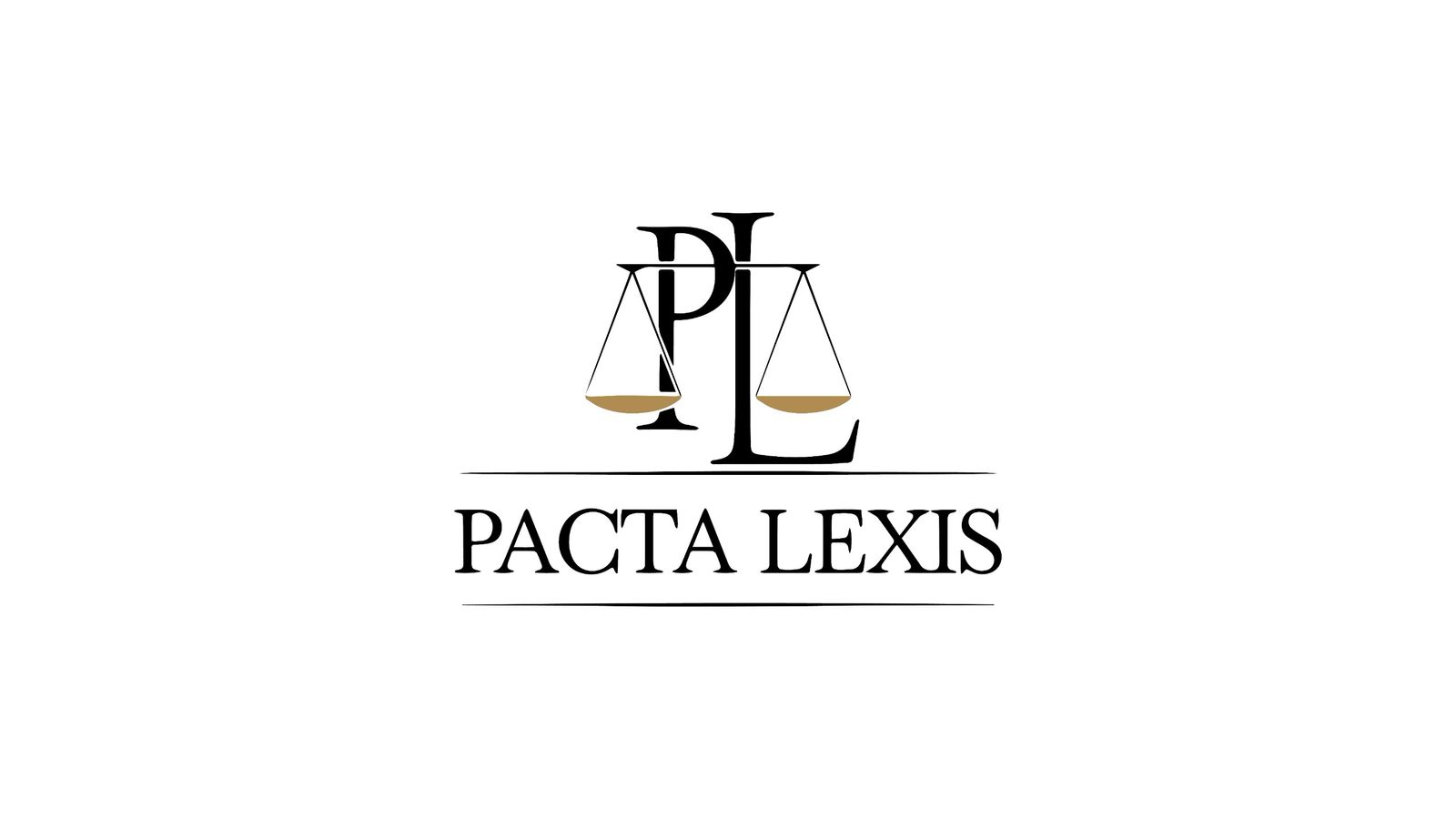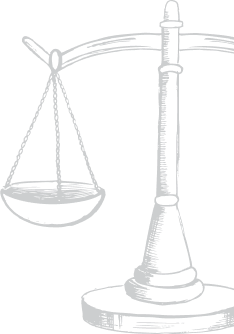By: Dr. Alexander Grant, PhD (Cambridge)
Senior Fellow in International Arbitration and Technology Law
Introduction
Artificial Intelligence (AI) is transforming industries at a breathtaking pace, reshaping the way societies function and economies interact. Law, often resistant to rapid technological shifts, is now confronting one of its greatest challenges and opportunities: the integration of AI into dispute resolution. International arbitration, which has long prided itself on flexibility, efficiency, and neutrality, stands at the forefront of this evolution. The use of AI in arbitration raises profound questions: Can algorithms remain impartial? How do we preserve procedural fairness while embracing technological tools? And what role will arbitral institutions, practitioners, and platforms such as Pacta Lexis play in shaping the contours of this new landscape?
This article explores these questions, arguing that AI can strengthen international arbitration’s promise of neutrality and efficiency, but only if carefully regulated within robust legal and ethical frameworks.
The Current Role of AI in Arbitration
AI is already embedded in arbitration in ways that may not be immediately visible to parties or practitioners. For instance:
- Document Review and Discovery: Natural language processing tools are being used to scan thousands of pages of documents, identifying relevant material with greater accuracy than manual review.
- Predictive Analytics: AI models analyze past arbitral awards, providing probabilistic insights into likely outcomes. This assists counsel in advising clients on settlement strategies.
- Case Management Systems: Automated scheduling, digital filing, and procedural order generation are increasingly common in arbitral institutions.
- Online Hearings: During the COVID-19 pandemic, AI-enhanced platforms facilitated virtual hearings, optimizing transcription, translation, and even time management.
While these applications boost efficiency, they are not neutral actors. Every AI system reflects the data, assumptions, and biases encoded into its design. Arbitration, which depends on party autonomy and impartial adjudication, must grapple with whether these tools enhance fairness or subtly undermine it.
Neutrality and AI: A Double-Edged Sword
One of arbitration’s defining features is neutrality—both in terms of arbitrators’ independence and in providing a forum free from state bias. AI threatens to complicate this principle.
On the one hand, AI can minimize human subjectivity. Unlike arbitrators, algorithms do not have conscious preferences or conflicts of interest. A well-designed AI tool can process evidence without fatigue, emotion, or subconscious bias.
On the other hand, neutrality is not synonymous with the absence of human involvement. AI systems are shaped by the datasets on which they are trained. If arbitral algorithms rely on case law disproportionately drawn from Western jurisdictions, for instance, outcomes may inadvertently reflect cultural or systemic biases. Transparency in algorithmic design and accountability mechanisms for developers thus become critical.
Efficiency Versus Due Process
Efficiency has always been arbitration’s selling point over litigation. AI accelerates this promise, offering unprecedented speed in decision-making and case management. However, efficiency must not eclipse due process.
Consider predictive analytics tools that suggest settlement ranges to parties. While useful, such recommendations may pressure weaker parties into accepting outcomes without fully exercising their procedural rights. Similarly, an AI system that proposes draft arbitral awards could reduce costs but risks eroding confidence in human judgment.
The balance between efficiency and fairness must be recalibrated in the age of AI. Parties must be assured that while AI enhances processes, the ultimate decision-making authority remains with human arbitrators bound by principles of fairness and justice.
Regulatory Frameworks and Institutional Responses
The legal community is beginning to respond.
- UNCITRAL has issued guidance on digital technologies in arbitration, though AI-specific regulation remains limited.
- The International Bar Association (IBA) has discussed AI in arbitration under its task forces on technology.
- National Courts are also beginning to address the admissibility of AI-generated evidence and the standards for procedural fairness in hybrid hearings.
Arbitral institutions themselves are experimenting cautiously. The ICC, LCIA, and SIAC have introduced digital case management systems, while organizations like the Hong Kong International Arbitration Centre (HKIAC) are studying the role of AI in award drafting.
Platforms like Pacta Lexis play a vital role in shaping this discourse by training practitioners, publishing research, and offering model guidelines for the responsible integration of AI into arbitration.
Ethical Considerations
The use of AI in arbitration demands a new layer of ethical reflection. Key questions include:
- Transparency: Should parties be informed when AI tools are used in evidence review or award drafting?
- Accountability: Who bears responsibility if an AI-generated outcome proves biased or flawed—the arbitrators, the institution, or the technology provider?
- Confidentiality: Arbitration is prized for its privacy. Storing sensitive evidence in AI systems raises serious concerns about data protection and cybersecurity.
- Autonomy: To what extent should AI recommendations influence party choices or arbitrator decisions?
A robust ethical framework, developed collaboratively by practitioners, institutions, and scholars, is essential to prevent AI from undermining trust in arbitration.
Case Studies
Several developments highlight both the promise and pitfalls of AI in arbitration:
- eBay’s Dispute Resolution Platform: Though not strictly arbitration, it demonstrates AI’s capacity to handle millions of disputes annually, most without human intervention.
- China’s Smart Courts: Chinese courts and arbitral bodies have integrated AI into digital hearings, showcasing efficiency but sparking concerns about transparency.
- ODR Pilots in India: Efforts to use AI in managing small claims disputes highlight potential for access to justice but expose the risks of digital literacy divides.
These examples show that while AI-driven systems can enhance efficiency, careful oversight is needed to ensure legitimacy and fairness.
The Path Forward: Hybrid Arbitration
The future likely lies in hybrid arbitration, where AI enhances but does not replace human adjudication. Arbitrators will increasingly rely on AI for procedural efficiency, evidence organization, and even outcome prediction, but human judgment will remain central to final decisions.
Such systems combine the strengths of both actors: the objectivity and scalability of algorithms with the empathy, discretion, and ethical reasoning of human arbitrators.
Conclusion
Artificial Intelligence is not a distant possibility in arbitration—it is already here. Its capacity to streamline processes, reduce costs, and expand access to justice is undeniable. Yet its risks—bias, opacity, and potential erosion of due process—are equally significant.
The challenge for arbitration is not whether to adopt AI, but how. Institutions, practitioners, and platforms like Pacta Lexis must ensure that AI strengthens rather than weakens arbitration’s foundational principles of neutrality, efficiency, and fairness. If successful, AI may become the greatest ally of international arbitration in fulfilling its promise of delivering just, timely, and accessible resolutions in an interconnected world.
About the Author
Dr. Alexander Grant is a Senior Fellow specializing in international arbitration and technology law. He holds a PhD in Law from the University of Cambridge and has advised institutions on the ethical integration of artificial intelligence in dispute resolution. His research has been featured in leading journals and platforms, including Pacta Lexis.














